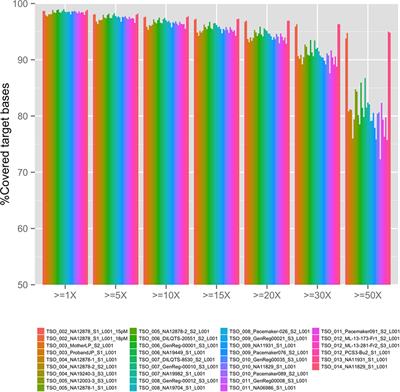EDITORIAL
Published on 01 Sep 2017
Editorial: Current Challenges in Cardiovascular Molecular Diagnostics
doi 10.3389/fcvm.2017.00054
- 3,158 views
- 1 citation
20k
Total downloads
95k
Total views and downloads
EDITORIAL
Published on 01 Sep 2017
ORIGINAL RESEARCH
Published on 15 Mar 2017

OPINION
Published on 12 Sep 2016

REVIEW
Published on 26 Aug 2016

REVIEW
Published on 25 Jul 2016

REVIEW
Published on 25 Jul 2016

REVIEW
Published on 21 Jul 2016

ORIGINAL RESEARCH
Published on 27 Jun 2016

REVIEW
Published on 14 Jun 2016

MINI REVIEW
Published on 08 Jun 2016

MINI REVIEW
Published on 07 Jun 2016
PERSPECTIVE
Published on 31 May 2016
